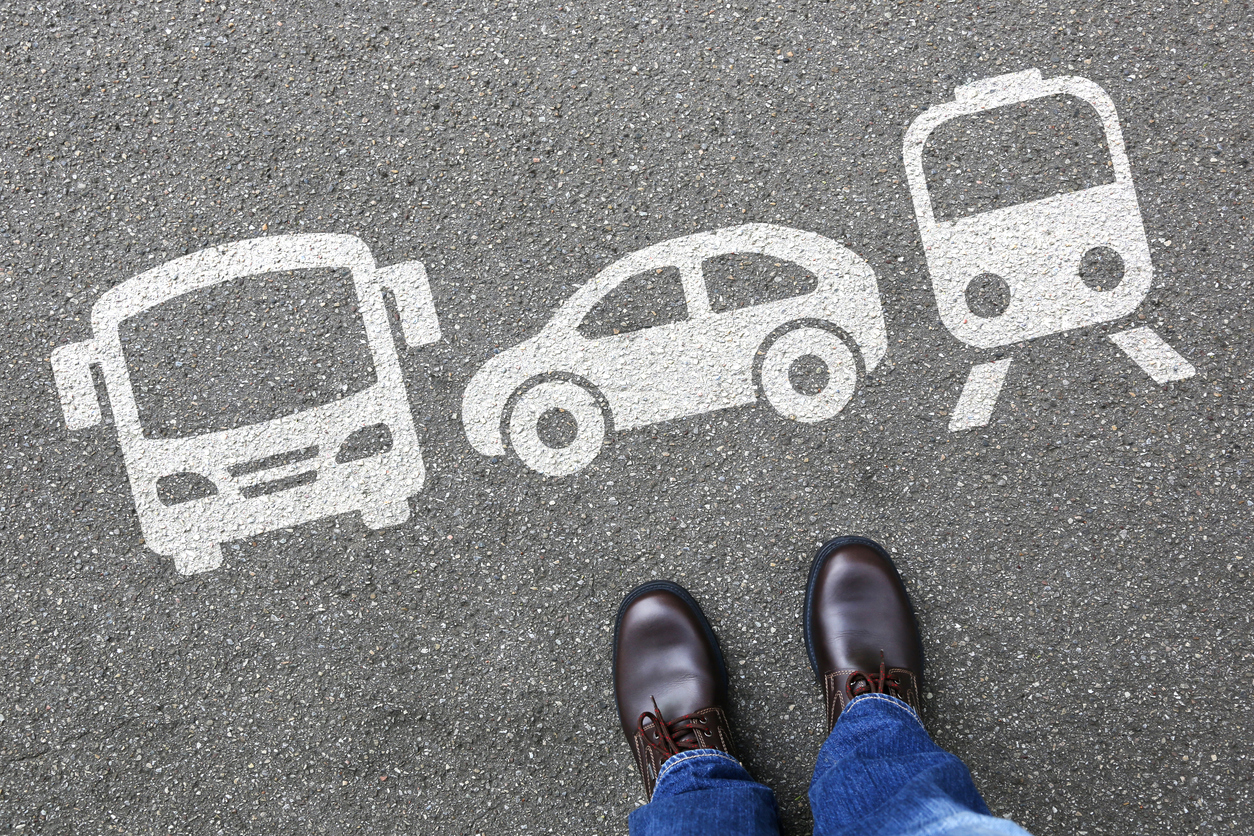Recently, Seattle Mayor Jenny Durkan announced that 20 miles of Seattle street closures to car traffic will become permanent. The closed streets are called “Stay Healthy Streets.”
She explained that “Stay Healthy Streets are an important tool for families in our neighborhoods to get outside, get some exercise and enjoy the nice weather.” The Seattle Department of Transportation (SDOT) justified the change by arguing that COVID-19 and the “new normal” will give the City the opportunity “to build a more livable, safer city of the future for all.”
As traffic has decreased due to the pandemic and subsequent Stay-at-Home order, Seattle is focused on maintaining traffic reductions, and implementing its pre-COVID agenda to expand bike and pedestrian infrastructure.
“By adding Street Closed signs people can stay close to home and have additional space for physical distancing 24 hours a day, seven days a week,” the agency notes in their blog. They clarify that “residents can drive to their homes and delivery services can still occur.”
The sudden decision to make the brand-new pilot project permanent, though it was put in place ostensibly to help with social distancing, came as a surprise to some impacted residents, who felt they were not asked for any input prior. Others who are normally supportive of the City’s transportation policies felt there should be overwhelming, majority agreement from residents first, who have a reasonable expectation when they move into a neighborhood that the street alongside their home will be accessible and functional. Some rightly argued that the shift to a permanent policy was rushed, and should have been deferred until things were relatively back to normal.
On the Nextdoor online neighborhood hub, some residents questioned whether this was even enforceable, as it might be difficult to determine who is a resident, and as some signs have been knocked down, and all can be driven around. Neighbors who live nearby on non-closed streets have noticed heavier through-traffic as drivers try to navigate around the closures to get where they need to go.
It is understandable why some residents are upset. The justification for the pilot, in retrospect, appears dishonest since the closures will remain long after strict social distancing measures are lifted. Further, the speed with which the big policy change took place appears to have circumvented public debate. It took the City just three weeks to unilaterally close 20 miles of streets to vehicle traffic, permanently.
Compare that to the process of installing a single street sign in Seattle:
The City says it follows national guidelines, which had to be developed, in deciding whether stop or yield signs are appropriate for an intersection. Further, they have “experience” in how they apply guidelines based on compliance rates. They use that experience to determine whether it would be effective to add a stop sign or not. In an email, the City cites additional “engineering judgement” to see if the stop sign is necessary, based on vehicular traffic volumes, crash records, and other data. Where is the comprehensive analysis of the “Stay Healthy Streets” pilot that just started three weeks ago?
But most notably, the City notes that, “With less than complete staffing, utilizing our traffic operations resources beyond essential work (e.g., supporting our healthcare locations with emergency traffic management plans) is not possible and any data analysis during this time would not be representative of essential operations and will be delayed until further notice.”
In other words, Seattle’s traffic operations division is only doing “essential” work and staff do not have time to do the analysis required to install a stop sign. However, the permanent closure of streets to thousands of drivers, arguably without adequate analysis or public involvement, was completely acceptable.
In reality, the policy determination that the closure should remain permanent, though it was initiated due to the temporary stay-at-home order and social distancing measures, was completely inessential by officials’ own standards. At the very least, the City should re-open the streets and restart the process, which should involve receiving (and listening to) input from impacted residents, and applying the same analytical rigor to the major closure that they do to installing a single stop sign.






